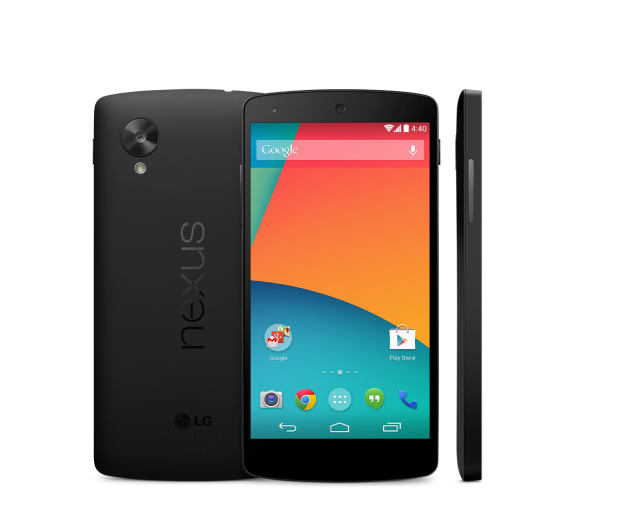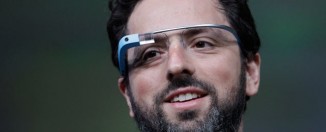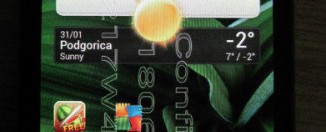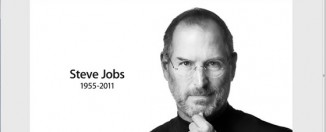Apple sues HTC, threatens the whole smartphone market
Back in 2001, Microsoft laid siege to the Web. Thanks to its dominant desktop position, it dominated the browser market with IE6 and ultimately killed off its competitors. The result was years of stagnation, a willful disregard of Web standards, and a Web development environment that actively discouraged any innovation throughout the Noughties.
Today, Apple is doing the same to the mobile Web. Not by a dominant market position, but by a lawsuit for patent infringement that it’s thrown at HTC.
And not just any old lawsuit. If they win, Apple will get a permanent injunction against HTC, which will bar them from importing or selling touchscreen smartphones in the US, along with triple damages and maximum interest for all such smartphones they’ve already sold.
In other words – the end of HTC, the end of Android, and the end of any innovation in the smartphone market.
This is is huge. This has the potential to be more damaging than Microsoft ever thought of being.
Read on for how Apple is threatening the mobile Web in the most aggressive attack yet made.
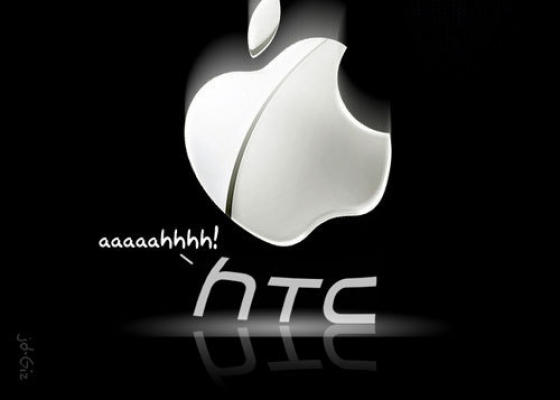
Apple: Stifling innovation in hardware
Last year, Apple filed suit against Nokia, alleging infringement of its iPhone patents. Today, it’s filed a new suit against HTC, alleging the infringement of 20 patents related to the iPhone.
Steve Jobs is quoted as saying:
“We can sit by and watch competitors steal our patented inventions, or we can do something about it. We’ve decided to do something about it. We think competition is healthy, but competitors should create their own original technology, not steal ours.”
Unfortunately, the technology Jobs is talking about is the touchscreen smartphone. According to TechCrunch, Apple thinks it owns the concept of the whole touchscreen smartphone, not just the look and feel of the iPhone, and wants any other touchscreen smartphone manufacturer to pay Apple for every touchscreen smartphone they make.
If they win, then all other smartphone makers will be hit with the same lawsuit. The result will be the smothering of innovation in the smartphone market, as manufacturers either have to dance around Apple’s extremely broad patents, or pay a new Apple tax for every touchscreen smartphone sold.
But it’s not just hardware that Apple is clamping down on – it’s software too.
Smothering innovation in mobile software
The app store is in danger of becoming a censorious joke. Apple has always retained the right to block apps that don’t meet its strict standards. Often, its censorship has been wildly arbitrary, permitting some apps while blocking virtually identical ones for seemingly random reasons.
But now its censorship is being implemented retroactively with new interpretations of its rules that block apps (and ultimately the jobs of developers) that have been on sale for months or sometimes years.
Recently, Apple banned apps containing what it claimed was suggestive material. Most of these apps simply contained women in bikinis. Regardless off all the arguments about infringing on freedom of speech, the biggest problem with Apple’s decision was the arbitrary way they implemented it. Many apps were banned. Identical apps by Sports Illustrated and Playboy were not.
It’s not the content that’s the problem, apparently, it’s the fact that the apps are by companies that are not well know, where as Sports Illustrated and Playboy are well known.
Eh?!
Now Apple have gone further by banning apps that “contain minimal user functionality and [which] will not be appropriate for the App Store.”
So at a stroke, all those apps that are just fun (such as iFart) are under threat.
Apple as the new mobile Big Brother
Apple has become the new mobile Big Brother, the bully in the playground that’s seeking to impose its own contradictory standards on everyone else seeking to innovate or simply to make a living developing software.
If Apple succeeds in imposing a hardware Apple tax on all smartphones, the damage to innovation and the resultant cost to the consumer will be severe.
Already the damage to innovation in the App Store is to starting to bite, as sales of competing Android phones explode, as do the number of Android apps as developers see the Android app market as a much safer, and less censorious one to develop for.
If Apple cripples this by going after the Android manufacturers with its patents, then the future of the mobile app market is terrifying. A future full of iPhones, with no competition from other manufacturers, and Apple free to determine at will which apps succeed and fail.
If you thought Google was Big Brother, then think again. Android could just be the saviour of the open mobile world!
The lawsuit in full
The list of patent infringements that Apple’s claiming is as follows:
- The ‘331 Patent, entitled “Time-Based, Non-Constant Translation Of User Interface Objects Between States,” was duly and legally issued on April 22, 2008 by the United States Patent and Trademark Office.
- The ‘949 Patent, entitled “Touch Screen Device, Method, And Graphical User Interface For Determining Commands By Applying Heuristics,” was duly and legally issued on January 20, 2009 by the United States Patent and Trademark Office. A copy of the ‘949 Patent is attached hereto as Exhibit B.
- The ‘849 Patent, entitled “Unlocking A Device By Performing Gestures On An Unlock Image,” was duly and legally issued on February 2, 2010 by the United States Patent and Trademark Office. A copy of the ‘849 Patent is attached hereto as Exhibit C.
- The ‘381 Patent, entitled “List Scrolling And Document Translation, Scaling, And Rotation On A Touch-Screen Display,” was duly and legally issued on December 23, 2008 by the United States Patent and Trademark Office. A copy of the ‘381 Patent is attached hereto as Exhibit D.
- The ‘726 Patent, entitled “System And Method For Managing Power Conditions Within A Digital Camera Device,” was duly and legally issued on July 6, 1999 by the United States Patent and Trademark Office. A copy of the ‘726 Patent is attached hereto as Exhibit E.
- The ‘076 Patent, entitled “Automated Response To And Sensing Of User Activity In Portable Devices,” was duly and legally issued on December 15, 2009 by the United States Patent and Trademark Office. A copy of the ‘076 Patent is attached hereto as Exhibit F.
- The ‘105 Patent, entitled “GMSK Signal Processors For Improved Communications Capacity And Quality,” was duly and legally issued on December 8, 1998 by the United States Patent and Trademark Office. A copy of the ‘105 Patent is attached hereto as Exhibit G.
- The ‘453 Patent, entitled “Conserving Power By Reducing Voltage Supplied To An Instruction-Processing Portion Of A Processor,” was duly and legally issued on June 3, 2008 by the United States Patent and Trademark Office. A copy of the ‘453 Patent is attached hereto as Exhibit H.
- The ‘599 Patent, entitled “Object-Oriented Graphic System,” was duly and legally issued on October 3, 1995 by the United States Patent and Trademark Office. A copy of the ‘599 Patent is attached hereto as Exhibit I.
- The ‘354 Patent, entitled “Object-Oriented Event Notification System With Listener Registration Of Both Interests And Methods,” was duly and legally issued on July 23, 2002 by the United States Patent and Trademark Office. A copy of the ‘354 Patent is attached hereto as Exhibit J.

